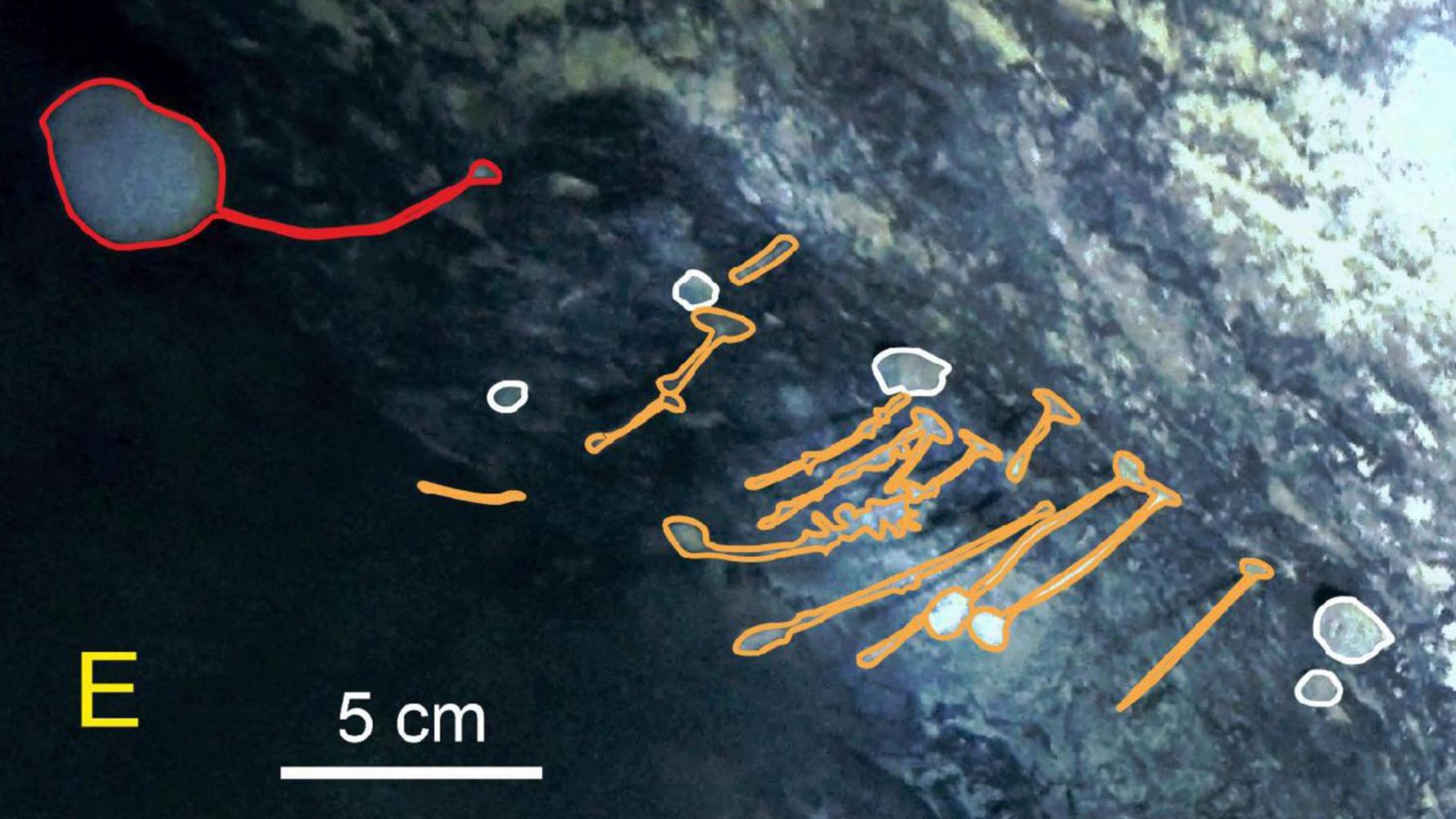In a scientific discovery reminiscent of the plot of 1982 science-fiction thriller “The Thing,” researchers have discovered life in Antarctica that theoretically shouldn’t exist.
Instead of a grotesque, shapeshifting alien parasite, though, these lifeforms are sponges, along with what appear to be barnacles.
They were discovered after scientists with the British Antarctic Survey drilled beneath a section of the Filchner-Ronne Ice Shelf, which is more than 2,950 feet thick, in northwestern Antarctica.
The team lowered a camera into the ice shelf hole to see what lay beneath and filmed the organisms clinging to a boulder – the first time that such life forms have been recorded beneath Antarctica’s ice sheets.

According to the team’s findings, published Monday in the journal Frontiers in Marine Science, the sponges and suspected barnacles appear to be filter feeders, which feed by pulling out phytoplankton and other microscopic organisms from water.
Huw Griffiths, one of the authors on the study who analyzed the footage from the expedition, told New Scientist magazine that “there’s all sorts of reasons they shouldn’t be there” and said that the nearest source of sunlight ― needed by phytoplankton to survive ― was about 370 miles away.
Nevertheless, the discovery hints that the seemingly harsh waters beneath Antarctica’s ice may be more life-sustaining than initially thought.
“It’s a place where, essentially, we didn’t expect this kind of community to live at all,” Griffiths told Live Science. “This is showing us that life is more resilient, and more robust than we ever could have expected, if it can put up with these conditions.”
Calling all HuffPost superfans!
Sign up for membership to become a founding member and help shape HuffPost’s next chapter


